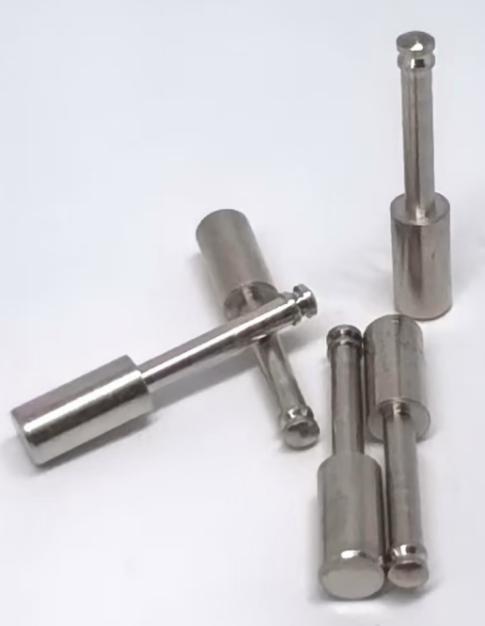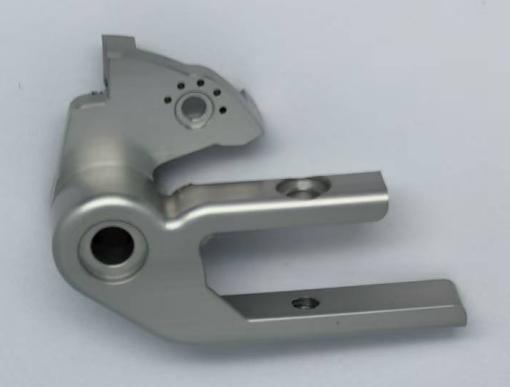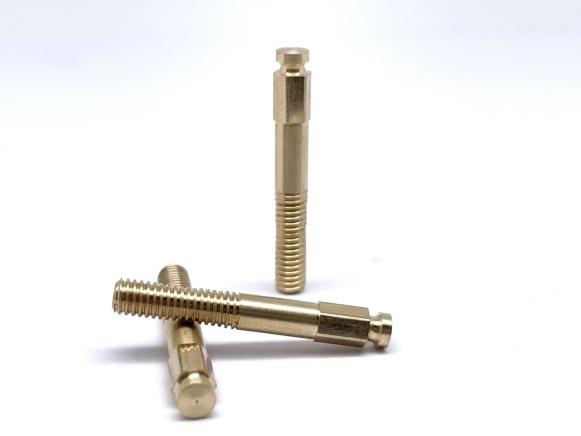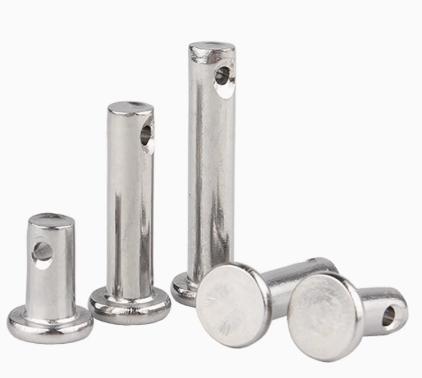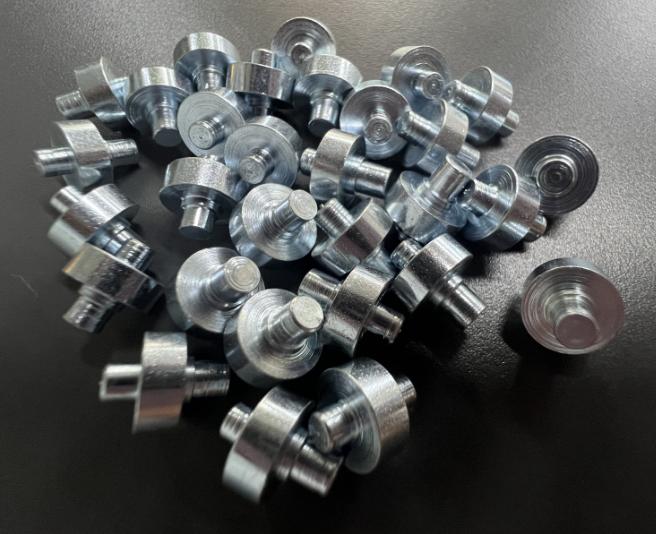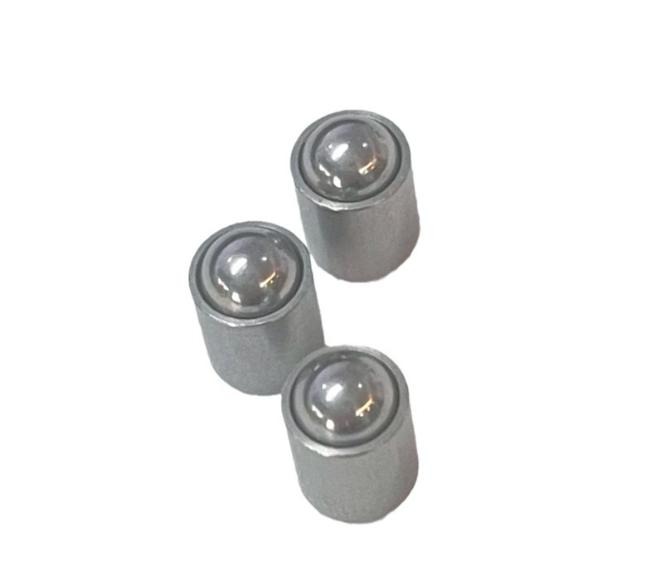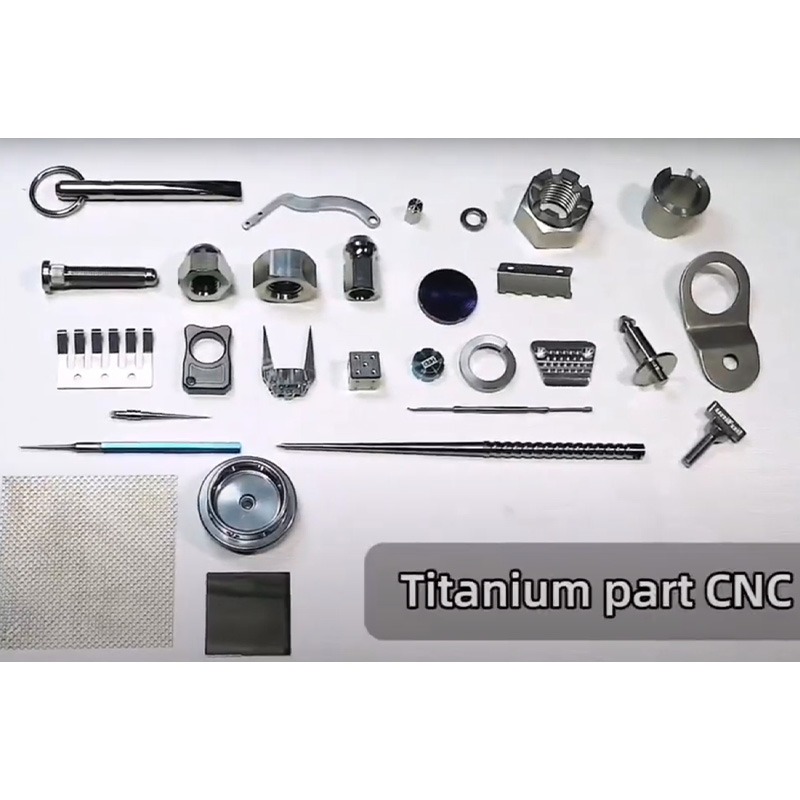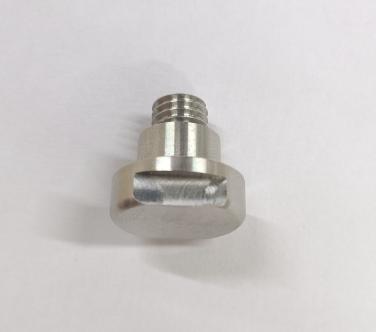The Crucial Role of Tool Wear Monitoring and Predictive Maintenance in CNC Machining: Maximizing Efficiency
Tool wear is a critical factor that has a direct impact on the performance of CNC machines. As cutting tools deteriorate during the process of CNC machining, the quality of the finished product suffers, resulting in costly downtime. Tool wear monitoring and predictive maintenance have emerged as critical strategies in CNC machining, enabling manufacturers to optimize tool life, reduce unplanned downtime, and improve overall production efficiency.
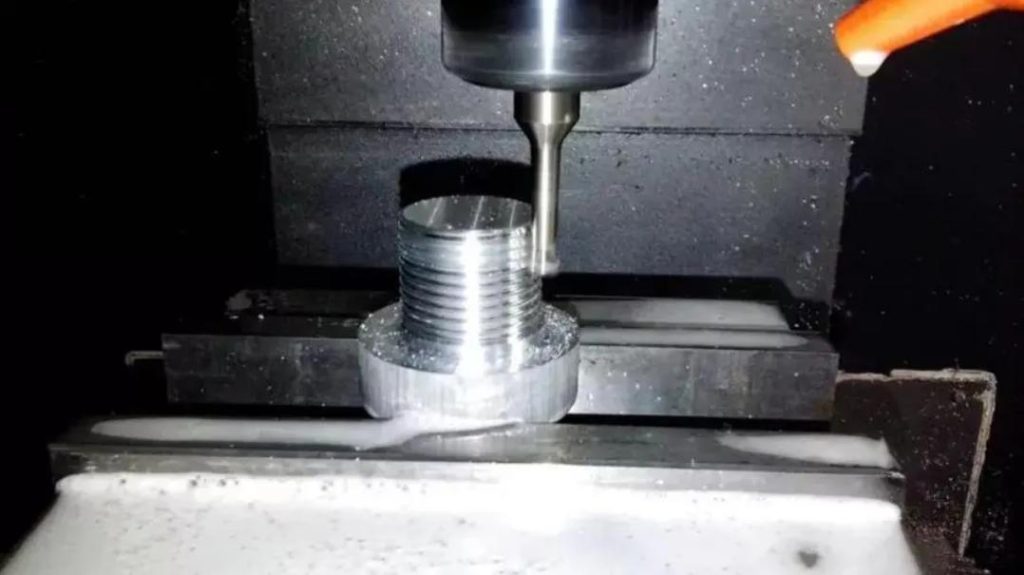
Understanding Tool Wear Monitoring and Predictive Maintenance in CNC Machining
What is Tool Wear in CNC Machining?
Tool Wear Dynamics
During CNC machining, cutting tools are subjected to a variety of forces, temperatures, and abrasions. As a result, they wear over time, which affects their geometry and cutting efficiency. Understanding tool wear dynamics is critical for maintaining consistent machining quality.
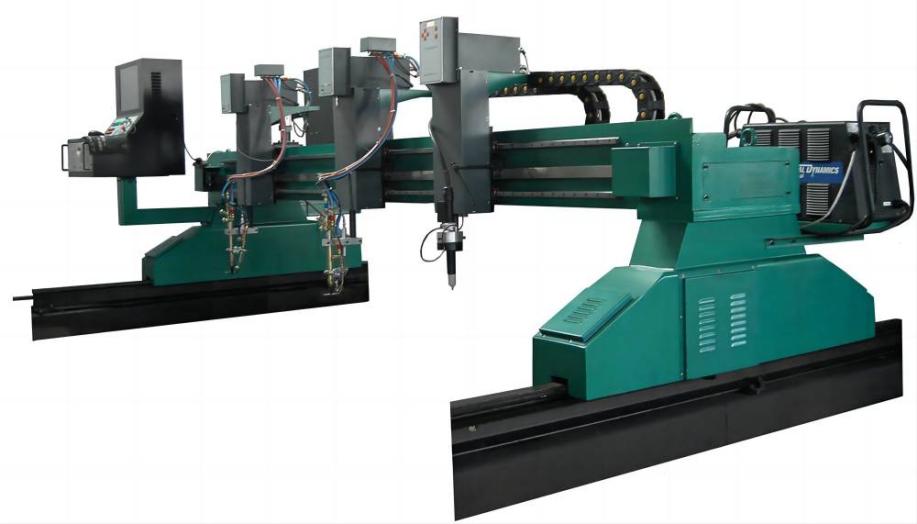
Common Types of Tool Wear
Tool wear can appear in a variety of ways, including flank wear, crater wear, and chipping. Flank wear occurs on the tool’s cutting edge, crater wear occurs on the rake face, and chipping occurs when small pieces of the tool break away. It is critical to monitor these wear patterns for predictive maintenance.
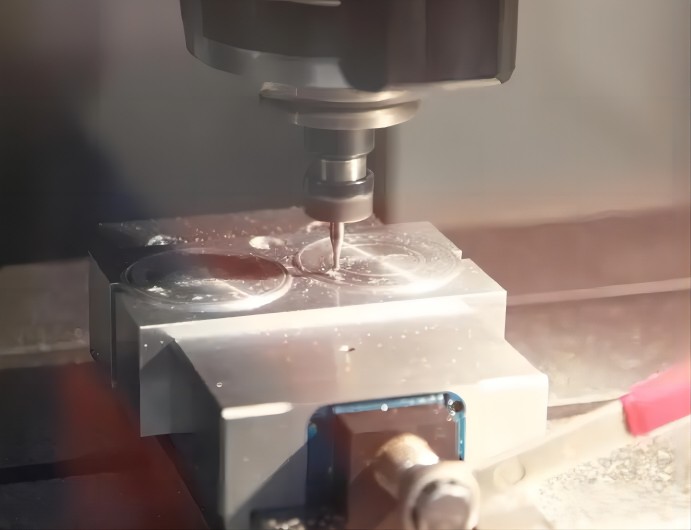
What are Key Tool Wear Monitoring Techniques Employed in CNC Machining?
- Vibration Analysis
Principle: Tool wear can be indicated by vibrations generated during machining. The frequency and amplitude of vibrations may change as a cutting tool wears.
Implementation: Vibrations are commonly measured using accelerometers. The frequency spectrum can be analyzed to detect variations caused by tool wear.
- Acoustic Emission Monitoring
Principle: Acoustic emissions, or the sound produced during machining, can reveal information about the condition of the tool. Sound pattern changes may indicate tool wear or potential problems.
Implementation: Acoustic emission sensors are used to record and analyze the sound that is produced during the machining process. Increased high-frequency noise may indicate tool wear.
- Force Measurement
Principle: With tool wear, the cutting forces acting on the tool can change. These forces can be monitored to detect variations that indicate wear or tool degradation.
Implementation: During machining, dynamometers or force sensors are used to measure cutting forces. An increase in cutting forces could indicate tool wear.
- Temperature Monitoring
Principle: During machining, tool wear can generate additional heat. Temperature variations can provide information about the tool’s condition.
Implementation: To measure the temperature of the cutting tool and the machining zone, infrared sensors or thermocouples are used. A significant temperature increase may indicate tool wear.
- Tool Wear Imaging
Principle: Visual inspection of the cutting tool surface can reveal signs of wear, such as flank wear, crater wear, or chipping.
Implementation: Optical imaging systems, including cameras and microscopes, are used to capture images of the tool. Image analysis software can then assess the tool’s surface condition.
- Power Consumption Monitoring
Principle: Changes in the power consumption of the CNC machine can be indicative of tool wear.
Implementation: Power meters or energy monitoring systems are utilized to measure the power consumption during machining. An increase in power consumption may signal tool wear.
- Machine Learning and Data Analytics
Principle: Machine learning algorithms and data analytics can process large datasets generated during machining to identify patterns associated with tool wear.
Implementation: Sensor data, including vibration, force, temperature, and acoustic emissions, can be fed into machine learning models. These models learn to correlate specific patterns with tool wear conditions, enabling predictive maintenance.
- Cutting Force Ratio Analysis
Principle: Analyzing the ratio of cutting forces in different directions can provide insights into tool wear.
Implementation: Force sensors measure forces in multiple directions. Deviations from the expected force ratio can indicate tool wear or abnormal conditions.
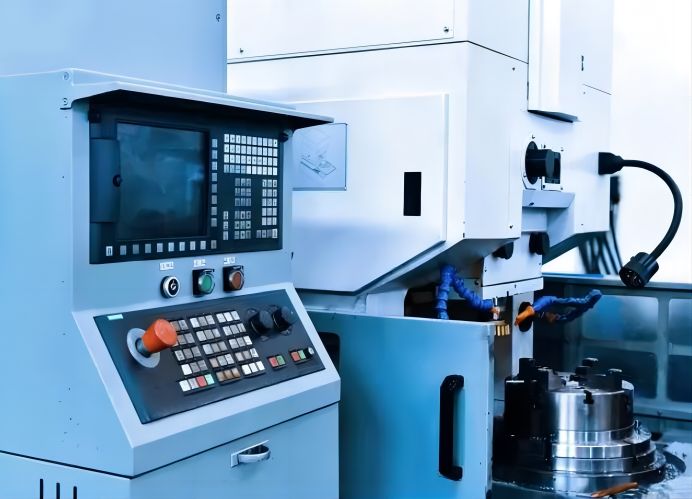
What are Key Steps in Implementing Predictive Maintenance for CNC Machining?
- Data Collection and Sensor Integration
Install sensors on CNC machines to collect relevant data while they are in operation.
For a complete data set, ensure seamless integration with the CNC control system and other data sources.
- Data Preprocessing and Cleaning
Clean and preprocess raw data to remove noise, errors, and outliers that may impair predictive model accuracy.
- Feature Engineering
Identify and select relevant data features that will help predictive models be more accurate. Variables such as spindle speed, tool engagement, and cutting forces may be included.
- Model Training
Using historical data, train machine learning models to recognize patterns associated with tool wear and machine degradation.
To improve accuracy, models should be updated on a regular basis as new data becomes available.
- Threshold Setting
Based on the predictive models, set thresholds for key performance indicators. These thresholds indicate when a CNC machine is operating outside of normal parameters.
Alert System Implementation:
Implement an alert system that notifies operators or maintenance personnel when the CNC machine’s performance deviates from expected conditions.
Include information on the predicted time until maintenance is required.
- Predictive Maintenance Planning
Develop a predictive maintenance plan based on the insights provided by the system.
Schedule maintenance activities during planned downtime to minimize disruptions to production.
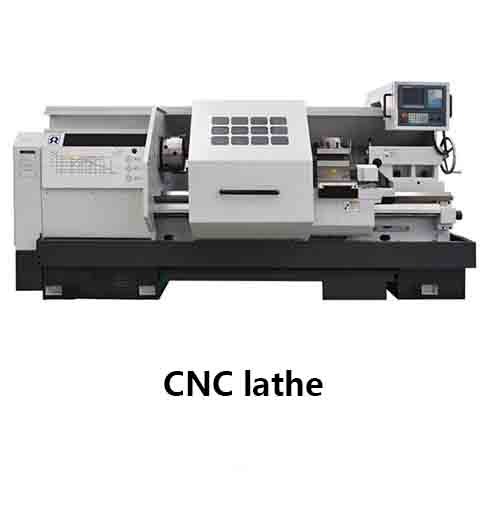
Benefits of Tool Wear Monitoring and Predictive Maintenance in CNC Machining
- Optimized Tool Life
Manufacturers can extend the useful life of cutting tools by closely monitoring tool wear in CNC machining. Tool replacement at the appropriate time prevents excessive wear, ensures consistent product quality, and lowers tool replacement costs.
- Reduced Downtime
Predictive maintenance allows manufacturers to schedule tool replacements or maintenance during planned downtime, minimizing the impact on production schedules. This proactive approach reduces unplanned downtime, improving overall machine availability.
- Enhanced Product Quality
Real-time monitoring of tool wear allows for adjustments to machining parameters, ensuring that the cutting tool maintains optimal performance. This helps to improve the product’s quality and consistency.
- Cost Savings
Predictive maintenance reduces the likelihood of catastrophic tool failures, lowering the risk of workpiece or CNC machine damage. This not only saves on repair costs but also prevents potential losses associated with scrapped or reworked products.

Conclusion
The integration of tool wear monitoring and predictive maintenance is a game changer in the ever-changing landscape of CNC machining. Manufacturers can now use real-time data and advanced analytics to make informed tool replacement decisions, ensuring that CNC machines run at peak efficiency.

